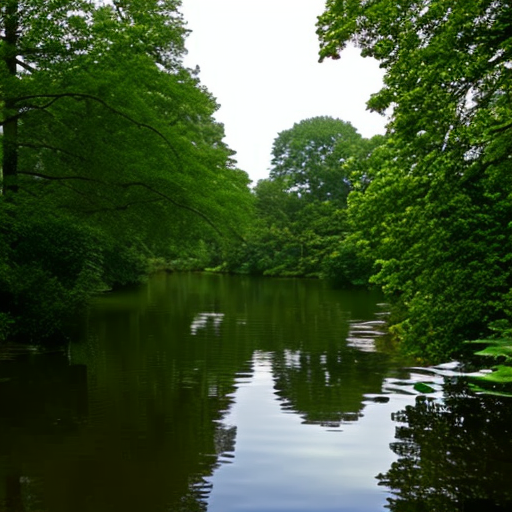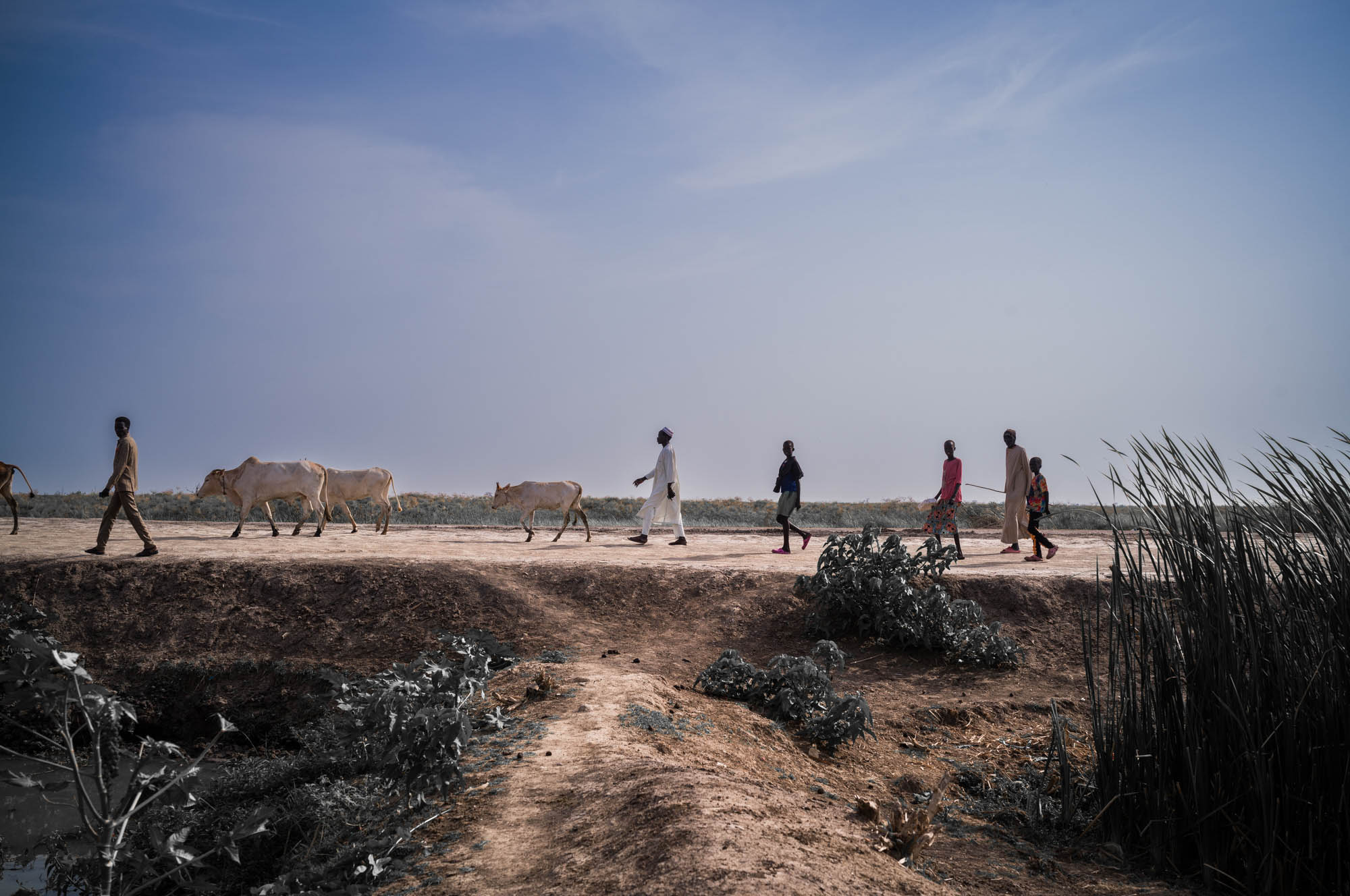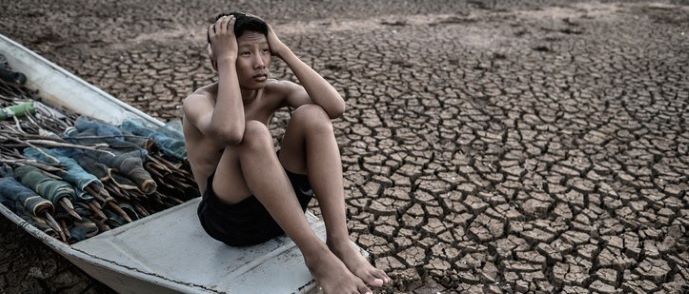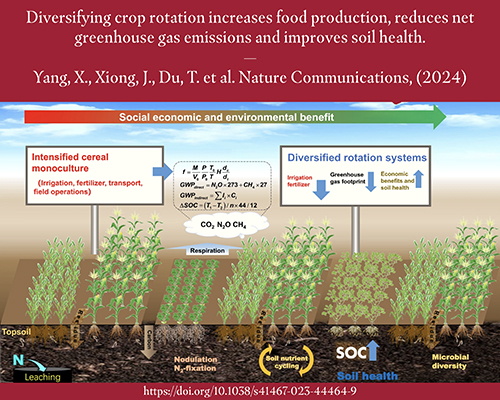
Last fall, I invited a stranger into my yard.
Manzanita, with its peeling red bark and delicate pitcher-shaped blossoms, thrives on the dry, rocky ridges of Northern California. The small, evergreen tree or shrub is famously drought-tolerant, with some varieties capable of enduring more than 200 days between waterings. And yet here I was, gently lowering an 18-inch variety named for botanist Howard McMinn into the damp soil of Tacoma, a city in Washington known for its towering Douglas firs, bigleaf maples, and an average of 152 rainy days per year.
Climate Change and Trees
Climate change is scrambling the seasons, wreaking havoc on trees. Some temperate and high-altitude regions will grow more humid, which can lead to lethal rot. In other temperate zones, drier springs and hotter summers are disrupting annual cycles of growth, damaging root systems, and rendering any survivors more vulnerable to pests.
The Importance of Sustainable Development Goals (SDGs)
In the face of these challenges, it is crucial to prioritize the Sustainable Development Goals (SDGs) set by the United Nations. The SDGs provide a framework for addressing climate change and promoting sustainable development. They emphasize the need for action to protect the environment, promote social equity, and ensure economic prosperity. By aligning our efforts with the SDGs, we can work towards a more sustainable future for both people and the planet.
Planting for the Future
Urban arborists recognize the urgent need for planting trees that can withstand the changing climate and prevent a decline in leafy cover. Trees play a crucial role in mitigating the effects of climate change by providing shade, reducing heat islands, and improving air quality. A study published in 2022 found that increasing the metropolitan canopy by approximately 30 percent could prevent nearly 40 percent of heat-related deaths in Europe. This highlights the importance of strategic tree planting in urban areas to create more resilient and sustainable cities.
The Impact on Native Trees
The impact of climate change on trees is evident in the decline of native species around the world. Treasured species such as the Texas pecan, towering baobabs in Senegal, and expansive fig trees native to Sydney are all at risk. In the Pacific Northwest, beloved conifers are turning into skeletons due to summer heat domes, while prolonged dry spells are damaging the crowns of maples. Native trees are particularly vulnerable to climate stress, making it essential to prioritize their protection and conservation.
- Increased Humidity: Some temperate and high-altitude regions will experience increased humidity, leading to lethal rot in trees.
- Drier Springs and Hotter Summers: In other temperate zones, drier springs and hotter summers disrupt annual cycles of growth, damage root systems, and make trees more vulnerable to pests.
- Disruption of Annual Cycles: Drier springs and hotter summers disrupt the annual cycles of growth in trees.
- Vulnerability to Pests: Trees that survive the changing climate become more vulnerable to pests such as borers.
The Importance of Urban Trees
Urban arborists emphasize the importance of planting trees for the future to maintain and enhance urban tree cover. Trees provide numerous benefits to cities, including cooling effects, improved air quality, and reduced heat-related deaths. A study published in 2022 found that increasing the metropolitan canopy by approximately 30 percent could prevent nearly 40 percent of heat-related deaths in Europe. This demonstrates the critical role that trees play in creating more sustainable and livable cities.
The Need for Resilient Urban Forests
As the world warms and climate change impacts become more severe, it is clear that traditional approaches to urban forestry are insufficient. Cities must prioritize building resilient urban forests that can withstand the challenges of a changing climate. This requires strategic tree selection, sourcing, and planting to ensure the long-term survival and health of urban trees.
Strategies for Planting Resilient Trees
Scientists and urban foresters are working on innovative strategies to speed up the process of identifying and planting resilient tree species. These strategies include:
- Studying trees that have already adapted to drier regions to predict their hardiness in new environments.
- Experimenting with non-native species that have proven to be well-suited to urban areas.
- Using data and predictive models to match tree species with expected future climates in different regions.
- Considering the resilience of trees in selecting species for specific locations.
- Collaborating with local communities, including Indigenous peoples, to ensure cultural and ecological considerations are taken into account.
The Role of Native and Non-Native Species
While native species are important for preserving biodiversity and cultural heritage, it is essential to consider a diverse range of tree species for urban areas. Non-native species can offer benefits such as faster growth rates and tolerance to urban conditions. However, careful consideration must be given to prevent the spread of invasive species that can outcompete native plants and disrupt ecosystems.
Copyright: Dive into this article, curated with care by SDG Investors Inc. Our advanced AI technology searches through vast amounts of data to spotlight how we are all moving forward with the Sustainable Development Goals. While we own the rights to this content, we invite you to share it to help spread knowledge and spark action on the SDGs. Fuente: grist.org Join us, as fellow seekers of change, on a transformative journey at https://sdgtalks.ai/welcome, where you can become a member and actively contribute to shaping a brighter future. 1. Which SDGs are addressed or connected to the issues highlighted in the article?
2. What specific targets under those SDGs can be identified based on the article’s content?
3. Are there any indicators mentioned or implied in the article that can be used to measure progress towards the identified targets?
Table: SDGs, Targets, and Indicators
SDGs
Targets
Indicators
SDG 13: Climate Action
13.1 Strengthen resilience and adaptive capacity to climate-related hazards and natural disasters.
Number of countries that have integrated mitigation, adaptation, impact reduction, and early warning into their national policies, strategies, and planning.
SDG 11: Sustainable Cities and Communities
11.7 By 2030, provide universal access to safe, inclusive, and accessible, green, and public spaces, in particular for women and children, older persons, and persons with disabilities.
Proportion of total urban population living in slums or informal settlements.
SDG 15: Life on Land
15.2 By 2020, promote the implementation of sustainable management of all types of forests, halt deforestation, restore degraded forests, and substantially increase afforestation and reforestation globally.
Progress in sustainable forest management measures.







